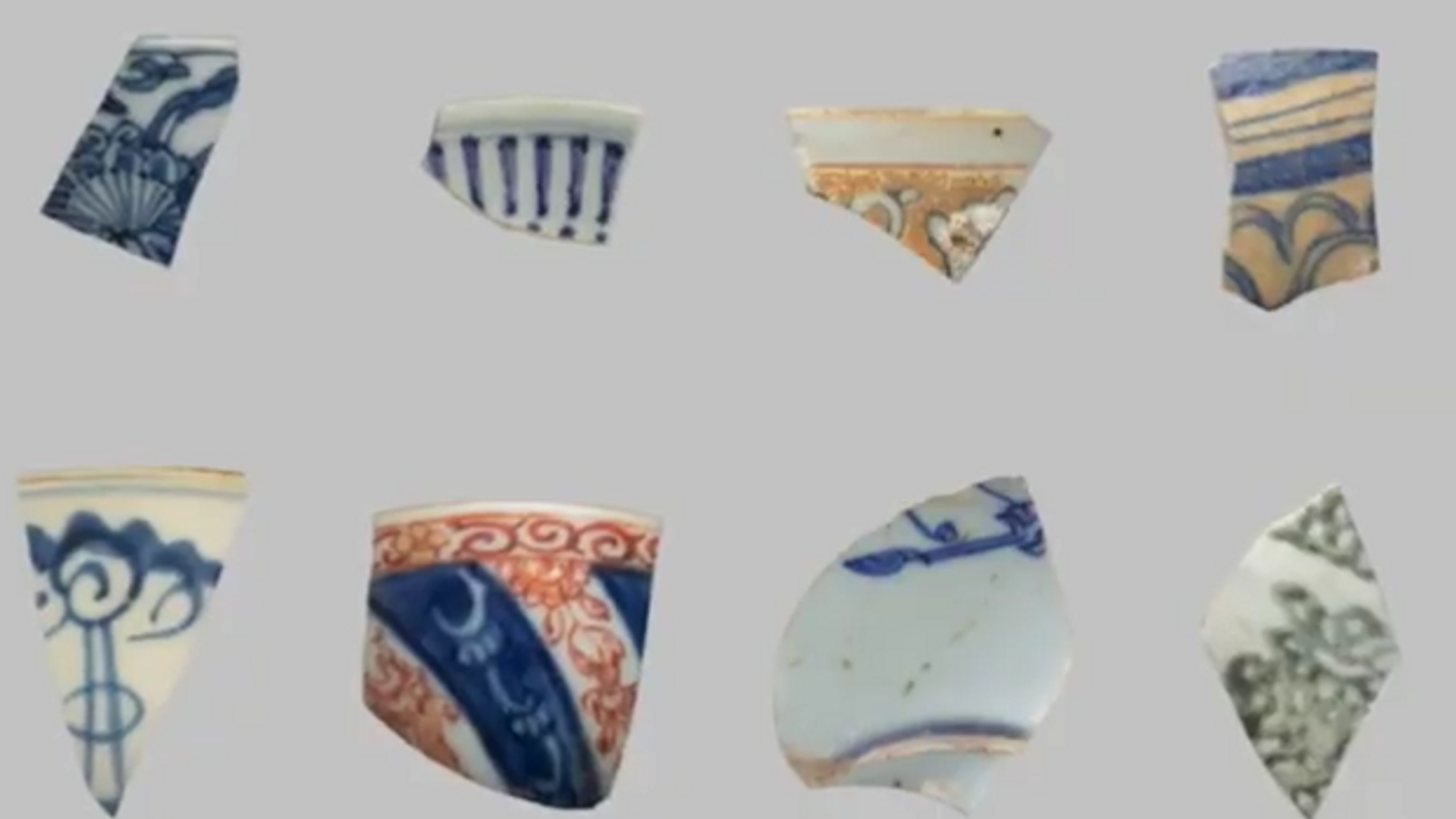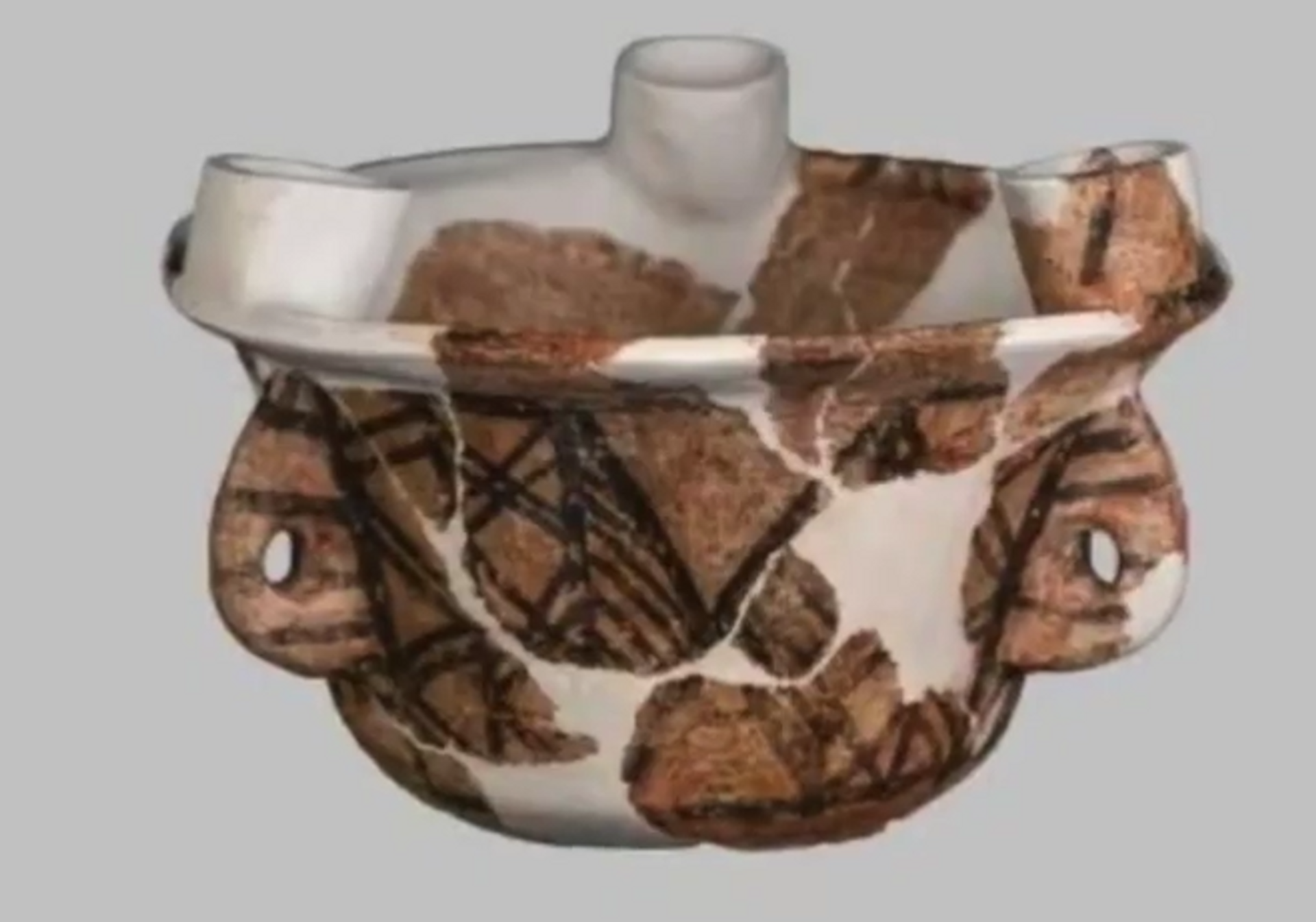https://sputnikglobe.com/20240208/25000-artifacts-unearthed-in-historic-saudi-arabia-city--1116657223.html
25,000 Artifacts Unearthed in Historic Saudi Arabia City
25,000 Artifacts Unearthed in Historic Saudi Arabia City
Sputnik International
These findings include: more than 11,400 pieces of pottery, more than 11,300 animal bones, more than 1,700 shells, almost 700 building materials as well as 200 glass artifacts.
2024-02-08T06:16+0000
2024-02-08T06:16+0000
2024-02-08T06:16+0000
beyond politics
history
archeology
saudi arabia
unesco
mecca
jeddah
https://cdn1.img.sputnikglobe.com/img/07e8/02/08/1116657035_0:36:622:386_1920x0_80_0_0_2045a8f6d5fcccc76314a935e77bb865.png
Archeologists have unearthed roughly 25,000 artifacts in the second-largest city in Saudi Arabia. These findings include: more than 11,400 pieces of pottery, more than 11,300 animal bones, more than 1,700 shells, almost 700 building materials as well as 200 glass artifacts, and approximately 70 metal artifacts, according to the Jeddah Historic District Program (JHD).The pottery fragments are dated between the 16th and 20th centuries, some of which were imported from Europe, Japan and China. These include “a variety of ceramic vessels and pieces of high-quality porcelain,” archeologists said, some of which were made in the Chinese province of Jiangxi.Ebony pillars that were found on the sides of the mihrab were also analyzed. It’s believed that these likely date back to the 7th and 8th centuries. And the origin of the wood that was used for this part of a mosque came from the Ceylon Island, which is now known as Sri Lanka.Tombstones made from materials including Mangabi stone, marble and granite were also uncovered in different locations throughout Jeddah. The tombstones could date back to the 8th and 9th centuries AD, and display the inscriptions of names, epitaphs and verses from the Quran.Researchers first began excavating in Jeddah in January of 2020. With the goal being to unveil the historical significance of four areas: Othman bin Affan mosque, Al-Shona, a segment of the Northern Wall, and Al-Kidwah.The historic site is located on the eastern shore of the Red Sea. Beginning in the 7th century AD, it was established as a major port for Indian Ocean trade routes, as well as a gateway for Muslim pilgrims to Mecca. The sea port is protected by UNESCO and includes souks, mosques, and about 650 traditional buildings pushed together in a tight area which make up a staggering display.
mecca
jeddah
Sputnik International
feedback@sputniknews.com
+74956456601
MIA „Rossiya Segodnya“
2024
News
en_EN
Sputnik International
feedback@sputniknews.com
+74956456601
MIA „Rossiya Segodnya“
Sputnik International
feedback@sputniknews.com
+74956456601
MIA „Rossiya Segodnya“
archaeology, saudi arabia, science, study, artifacts, pottery
archaeology, saudi arabia, science, study, artifacts, pottery
25,000 Artifacts Unearthed in Historic Saudi Arabia City
These discoveries highlight the vast trading connections of Jeddah.
Archeologists have unearthed roughly 25,000 artifacts in the second-largest city in Saudi Arabia. These findings include: more than 11,400 pieces of pottery, more than 11,300 animal bones, more than 1,700 shells, almost 700 building materials as well as 200 glass artifacts, and approximately 70 metal artifacts, according to the Jeddah Historic District Program (JHD).
The pottery fragments are dated between the 16th and 20th centuries, some of which were imported from Europe, Japan and China. These include “a variety of ceramic vessels and pieces of high-quality porcelain,” archeologists said, some of which were made in the Chinese province of Jiangxi.
Ebony pillars that were found on the sides of the mihrab were also analyzed. It’s believed that these likely date back to the 7th and 8th centuries. And the origin of the wood that was used for this part of a mosque came from the Ceylon Island, which is now known as Sri Lanka.
Tombstones made from materials including Mangabi stone, marble and granite were also uncovered in different locations throughout Jeddah. The tombstones could date back to the 8th and 9th centuries AD, and display the inscriptions of names, epitaphs and verses from the Quran.
"From the 7th century AD it was established as a major port for Indian Ocean trade routes, channeling goods to Mecca. It was also the gateway for Muslim pilgrims to Mecca who arrived by sea," the UNESCO said.
Researchers first began excavating in Jeddah in January of 2020. With the goal being to unveil the historical significance of four areas: Othman bin Affan mosque, Al-Shona, a segment of the Northern Wall, and Al-Kidwah.
"These twin roles saw the city develop into a thriving multicultural center, characterized by a distinctive architectural tradition, including tower houses built in the late 19th century by the city's mercantile elites, and combining Red Sea coastal coral building traditions with influences and crafts from along the trade routes," the agency added.
The historic site is located on the eastern shore of the Red Sea. Beginning in the 7th century AD, it was established as a major port for Indian Ocean trade routes, as well as a gateway for Muslim pilgrims to Mecca. The sea port is protected by UNESCO and includes souks, mosques, and about
650 traditional buildings pushed together in a tight area which make up a staggering display.



